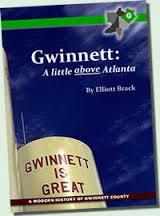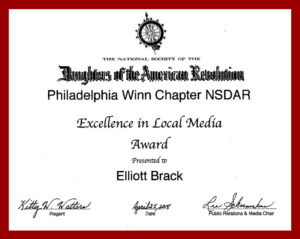By Randy Brunson
SUWANEE, Ga. | Charles Gave, of Gavekal Research, is an excellent researcher and outstanding analyst when it comes to the world’s economies and how they interact with each other. One of the core philosophies of Gavekal’s research is that the economy is simply energy transformed.
In this note I’ll quote liberally from his article from August 2024 and add a few thoughts of my own.
With the economy simply energy transformed, Gave makes three assumptions:
- The stock market measures whether the transformation of energy into value is profitable. If it is, the stock market rises faster than energy prices.
- Gold represents the past transformation of energy into a form of value that can be used and stored at short notice, including buying new energy. The ratio between the S&P 500 and the price of gold, therefore, indicates whether the profitability of the transformation of energy into value today, is in line with the profitability of this transformation in the past.
- The Shiller cyclically adjusted price-to-earnings ratio is an indicator of the stock market’s duration. It indicates whether or not investors anticipate the transformation of energy into value will be profitable in the future.
Three ways to measure the transformation of energy into value are to track the relationship of the S&P 500 to oil, the S&P 500 to gold, and the Shiller P/E Index. If you chart these relationships over the last 100 years, you will note they have converged several times, the last being in 2013.
One takeaway is the uptrend over time of the S&P 500 to the price of gold. It averages about 1.4 percent annually. This suggests the economy has become structurally more efficient in how it transforms energy into value.
Another? The disconnect between the S&P 500 and the price of oil. Current S&P 500 suggests the price of oil should be in the $45 to $50/bbl range, instead of its current $66. The gold/oil ratio suggests oil should be closer to $100/bbl.
So historical trends are being bent almost to their breaking point. What will give? The S&P 500? Oil? Gold?
So, what to do? With personal funds, I’ve made some choices about how to put dollars to work over the next several years. These include:
- Buying shares of energy-producing companies with positive cash flows,
- Looking for low P/E positions,
- Restricting my bond holdings to high-yield money market accounts,
- Avoiding shares of big energy consumers, such as AI-focused companies.
None of these are recommendations. At all, as I have no clue what will actually happen. These are just a few thoughts on the economy, the markets, the world. And how to navigate change and disruption.










Follow Us